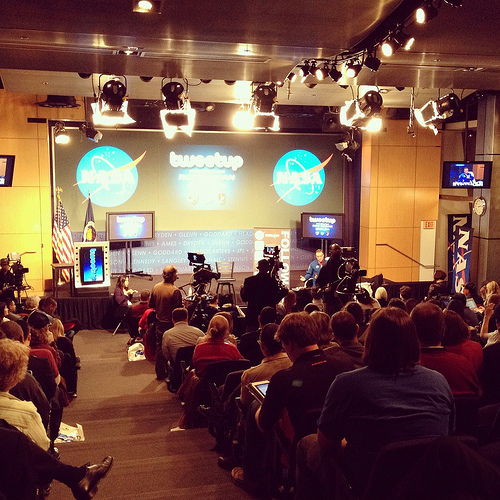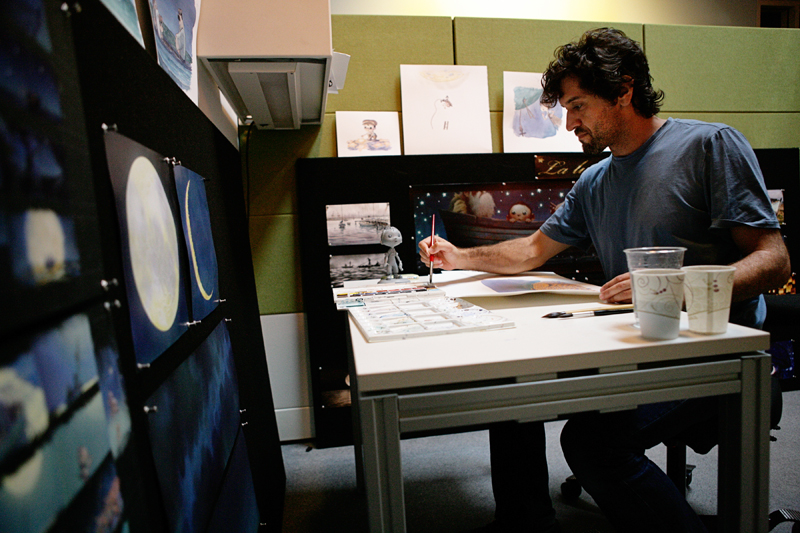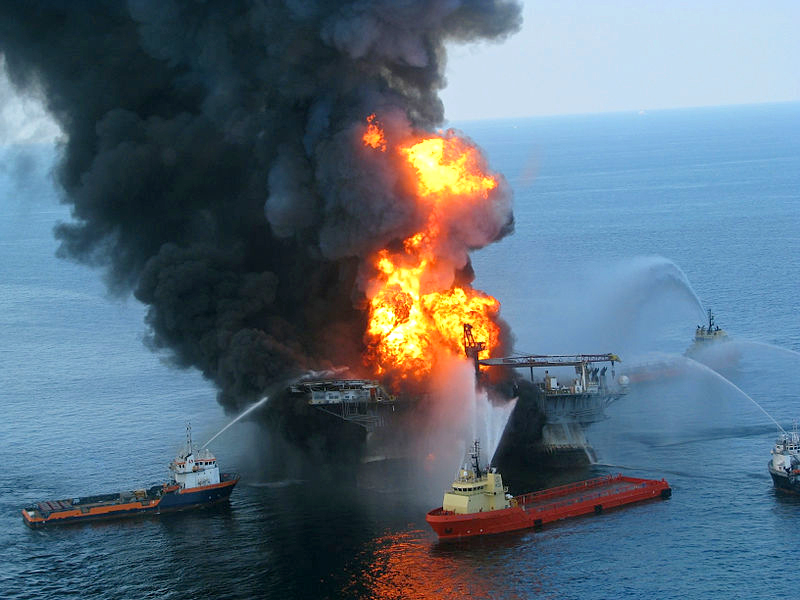
View looking through Mir Space Station Base Block periscope with the Spektr module and Earth limb in view. Photo Credit: NASA
June 29, 2012 — Vol. 5, Issue 6
Fifteen years ago this month, a docking test gone awry resulted in a one-inch-square hole in the Mir space station.

View looking through Mir Space Station Base Block periscope with the Spektr module and Earth limb in view.
Photo Credit: NASA
“There was a great thump and the whole station shook,” said cosmonaut Alexander Lazutkin.1 Lazukin and his two crewmates, cosmonaut Vasily Tsibliev and astronaut Michael Foale, felt their ears pop and heard a distant hissing noise over a loud decompression alarm. Mir had a hole in it.
Just prior to the chaos that ensued, Tsibliev was redocking a Progress resupply vehicle using a new remote docking system. Similar to a video game, he maneuvered the resupply vehicle using a controller while watching the vehicle’s approach on video screens. As Progress approached the station, it became clear that the images on the screens were not accurately reflecting the change in size of the spacecraft, and that Progress was coming in too fast. By the time the crew realized this it was too late.
The Progress vehicle collided with a solar array and then with the Spektr module. As the pressure within the station continued to fall, Foale and Lazukin quickly approached the hatch to the module. They unplugged and removed a number of tubes, wires, and cables running through the opening in order to seal the hatch off and restore pressure to the rest of the station. With a bit of difficulty, there were able to seal the hatch with an appropriate cover and their ears stopped popping.
The station was quiet and dark. In their rush to close the hatch, the cable providing power to and from the solar arrays was unplugged. To make matters worse, the station had also started to spin.
Without power, the crew was unable to calculate the rate of spin using the onboard computers. Instead, Foale employed a sailing technique that involved tracking his thumb across a field of stars and used some of his physics knowledge to calculate the rate of spin. The station was making one full rotation every six minutes. With their estimates, ground control was able to fire Mir’s engines appropriately to stop the spin.
The depressurized module, Spektr, was where Foale slept, performed experiments, and kept all his notes and data during his stay on Mir. Weeks after the initial incident, the crew performed an internal spacewalk to recover what they could from the module, which included a couple of laptops and some notes, and to reconnect power to the solar arrays.
Foale was replaced by astronaut David Wolf during STS-86, which launched on September 25, 1997. At the end of the ordeal, Foale said, “I believe out of this cooperation of America with Russia, which is not always easy, we are achieving some extremely great things. And, for these reasons I think I’ve really valued my time onboard space station Mir. I will always remember the last three or four months with great, great alacrity and nostalgia, I’m sure. I really count all that we are doing together, America and Russia, to be extremely valuable to future cooperation on the Earth in the future.”
Read more about the collision and recovery from a special publication by the NASA History Office.
1http://history.nasa.gov/SP-4225/nasa5/nasa5.htm Accessed June 18, 2012.








